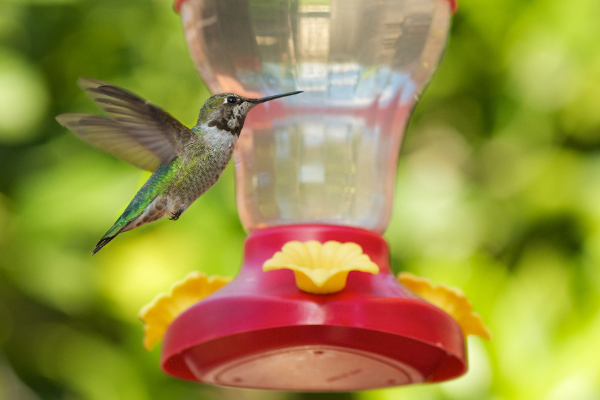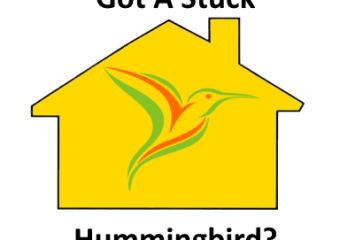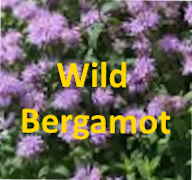Hot vs Cold Nectar: Which Is Best for Your Hummingbirds?
When it comes to feeding your hummingbirds, one of the most common questions is whether to offer hot or cold nectar. Understanding the best way to prepare and serve nectar can significantly impact the health and attraction of these vibrant little birds to your feeder. In this article, we explore the differences between hot and cold nectar, their benefits and drawbacks, and tips on how to provide an ideal feeding experience for your hummingbird visitors.
Understanding Hummingbird Nectar
Hummingbirds are highly specialized nectar feeders, relying on the sugary liquid from flowers as a primary energy source. Most backyard feeders use a simple sugar-water solution, typically made with four parts water to one part white granulated sugar. This mixture closely mimics the natural nectar found in many flowers, offering hummingbirds the calories they need for their energetic lifestyle.
Preparing Nectar: Hot vs Cold
When mixing nectar, one of the first decisions you’ll face is whether to use hot or cold water. Both methods are widely practiced, but they can affect the solution differently.
Hot Nectar Preparation
Using hot water to dissolve sugar is a popular method. The process involves boiling water and then stirring in sugar until it fully dissolves before letting it cool.
Benefits of Hot Nectar:
- Better sugar dissolution: Hot water ensures that the sugar dissolves completely, reducing the risk of crystallization that can clog feeders.
- Sterilization: Boiling water kills unwanted bacteria or mold spores that may be present in the sugar or water, helping to keep the nectar fresher for longer.
- Ease of preparation: Since the sugar dissolves quickly, preparation is faster and smoother.
Drawbacks:
- Cooling time: The solution needs to cool completely before being placed in the feeder to avoid harming the hummingbirds.
- Potential loss of oxygen: Some argue that boiling water may reduce the dissolved oxygen in the nectar, although this effect is likely negligible.
Cold Nectar Preparation
Alternatively, some people prefer to mix sugar and cold or room temperature water.
Benefits of Cold Nectar:
- Immediate feeding: Since the water is cool, feeders can be filled and hung right away without waiting for cooling.
- Less energy usage: Avoiding boiling saves time and energy, making it a more convenient option for many.
Drawbacks:
- Incomplete sugar dissolution: Sugar dissolves more slowly and may not mix fully, leading to sediment or crystals that can block feeding ports.
- Increased spoilage risk: Without the sterilizing effect of hot water, the nectar may spoil faster due to bacteria or mold growth.
Which Is Best for Your Hummingbirds?
For those wondering whether hot or cold nectar is best, the consensus among experts and avid bird enthusiasts leans toward preparing nectar with hot water. The thorough dissolution of sugar and sterilization underscored in this method promotes cleaner nectar and longer-lasting feeders, ultimately benefiting your hummingbirds’ health.
However, it is crucial to allow the nectar to cool completely before filling the feeder. Hummingbirds are sensitive to temperature extremes, and hot liquid can cause injury or discourage feeding.
Additional Tips for Nectar Preparation and Feeder Care
Regardless of whether you choose hot or cold preparation, a few guidelines can enhance your hummingbird feeding experience:
- Use pure white granulated sugar: Avoid honey, artificial sweeteners, or red dye, which can be harmful to hummingbirds.
- Fresh nectar: Replace nectar every two to three days, especially in warm weather, to prevent fermentation and mold growth.
- Clean feeders regularly: Wash feeders thoroughly with hot, soapy water at least once a week and more often during hot weather.
- Proper placement: Hang feeders in shaded areas to keep nectar cooler and slower to spoil.
Seasonal Considerations
During colder months, the question of hot versus cold nectar preparation may arise alongside other seasonal concerns. Many hummingbirds migrate, so feeding might not be necessary in the winter unless you live in warmer climates where hummingbirds are year-round residents. Offering fresh, properly prepared nectar during peak seasons ensures that these energetic beauties stay nourished while passing through or nesting nearby.
Final Thoughts
While both hot and cold nectar preparations are used by hummingbird enthusiasts, hot nectar stands out as the safer and more effective option for ensuring clean, well-dissolved sugar water that supports your hummingbirds’ health. Taking time to prepare nectar with hot water, allowing it to cool fully, and maintaining clean feeders will truly make your backyard an inviting haven for hummingbirds.
Feeding these tiny aerobatic jewels is rewarding, and with the right nectar preparation, you can maximize their visits and provide essential nourishment throughout the hummingbird season.






